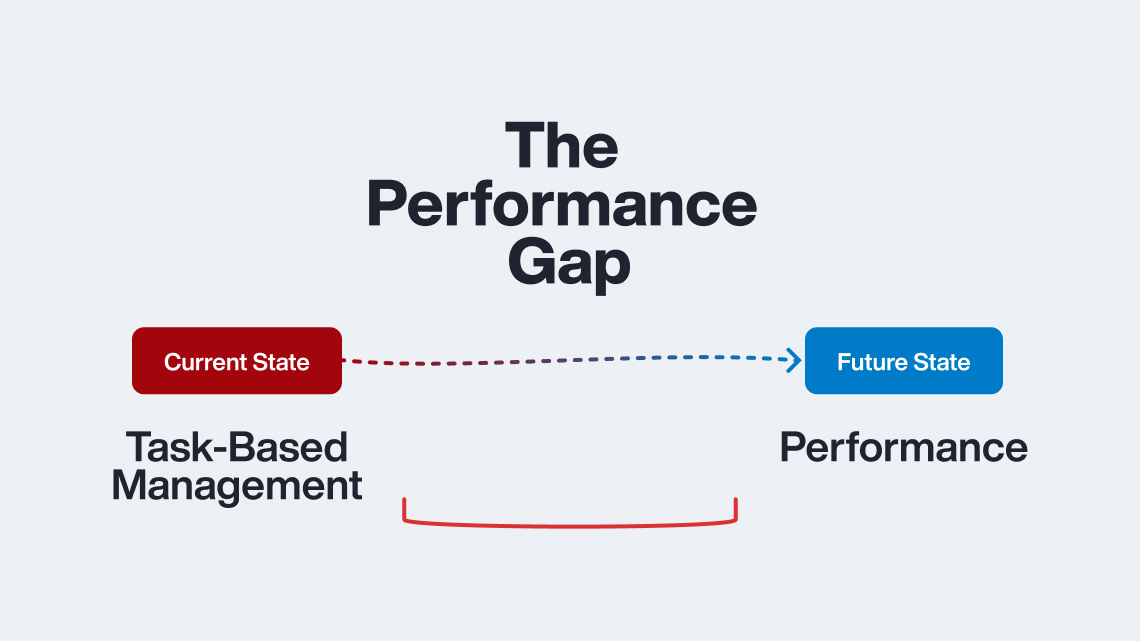Published on January 22nd, 2024
By Brittany Benz
The student housing market is a dynamic and ever-evolving sector of the real estate industry. With the increasing number of students seeking off-campus housing options, businesses that cater to this niche market must stay updated on the latest trends and resources. In this article, we will explore the top student housing trends and provide valuable resources for property management businesses that manage student housing properties. Whether you own, invest in, or manage these properties, by understanding these trends and utilizing the suggested resources, you can effectively meet the needs of students and stay ahead in this competitive market.
Top Student Housing Trends
Investments in Student Housing Are on the Rise
Investments in student housing are on the rise, with sales volume more than doubling in 2022 and quadrupling in 2020. The 22.8 billion sold in 2022 is more than twice as much as any year in the past decade. This surge in investment is driven by the growing demand for student housing as the number of students pursuing higher education continues to rise. By 2040, the number of students in higher education is projected to reach 594 million. As a result, rents for student housing are expected to grow due to limited supply and strong demand, especially at top research universities and schools in the highest-earning athletic conferences for United States college football.
Growing Preference for Off-Campus Housing
Another significant trend in the student housing market is the preference for off-campus housing. Students increasingly opt for off-campus housing because it offers more independence and freedom. Additionally, off-campus housing provides lower costs and more diverse housing options than on-campus alternatives. However, students still prioritize housing that is strategically located near campus for maximum convenience.
Greater Desire for Modern Amenities and Facilities
Modern amenities and facilities play a crucial role in attracting students to housing properties. Students expect access to amenities such as fitness centers, study lounges, shared laundry rooms, high-speed Wi-Fi, dishwashers, and parking. Property management businesses can enhance the renter experience by incorporating technology in student housing, such as smart locks and mobile apps for maintenance requests and package deliveries. Choosing property management software that integrates with access control systems, such as ButterflyMX, can further improve the renter experience.
Single-Occupancy Units Are Highly Sought After
Privacy is a top priority for students, leading to a preference for single-occupancy units or units with private bedrooms and bathrooms. Only 5% of student housing built since 2010 provides double occupancy, indicating the shift toward more private living spaces. Property owners should consider this trend when developing or renovating student housing properties.
Increasing Demand for Sustainability and Eco-Friendly Initiatives
Sustainability and eco-friendly initiatives are gaining traction among environmentally conscious students. There is an increasing demand for sustainable housing options that incorporate energy-efficient appliances, smart thermostats, solar panels, electric vehicle charging stations, and recycling programs. By implementing these eco-friendly features, property owners can attract the next generation of students and make a difference in their community.
Enhanced Safety and Security Measures
Safety and security are paramount in student housing due to parental concerns. Property management businesses must be able to market their properties effectively to build trust in students and parents that the community is safe. Innovative security solutions, such as surveillance cameras, intercoms, keypads, and access control systems, can help keep renters safe and provide a better overall experience.
Growing Popularity of Flexible Leasing Options
The rise of flexible leasing options is another trend in the student housing market. Students often require short-term or flexible leases to accommodate changing needs, such as studying abroad or taking internships. Property management software with flexible lease terms and payment options can enable businesses to provide the desired flexibility for students, attracting them to their properties.
Co-Living and Community-Focused Spaces Are Preferred
Co-living arrangements, where students share common spaces and amenities both inside and outside the property, are gaining popularity. Property management businesses can foster a sense of community by organizing events and creating communal areas, such as rooftops, courtyards, and movie rooms. These initiatives contribute to a positive living experience for students.
Student Housing Resources for Real Estate Businesses
To thrive in the student housing market, real estate management businesses should utilize the following resources:
1.) Stay up to date on student housing market research
Utilize market reports and data analysis from real estate publications, such as Globe St., NAA, and Multifamily Insiders. These resources provide valuable insights into student housing preferences and demands. Conducting surveys and focus groups can also help you understand the specific needs of students in your target market.
2.) Implement technology solutions for student housing management
Property management software designed specifically for student housing properties, such as AppFolio Property Manager, can streamline operations. Look for key features such as bulk capabilities (e.g., bulk move-outs), flexible lease terms and payment options, and the latest AI tools to streamline tasks and save time.
3.) Collaborate with universities and colleges
Participate in university housing fairs and events to connect with students. Building partnerships with educational institutions can provide access to student housing resources and support. Universities often have resources and programs to assist students in finding off-campus housing and collaborating with them can be mutually beneficial.
4.) Network and attend industry events
Join professional associations and organizations, such as the National Multifamily Housing Council (NMHC) and the National Association of Residential Property Managers. These associations provide opportunities for networking and staying updated on industry trends. Attend conferences and seminars, such as the NMHC Student Housing Conference, to gain valuable insights and connect with industry professionals.
5.) Engage with student communities
Engage with student communities by utilizing social media platforms to connect with students and showcase properties. Use social media as a tool to create a positive reputation among students through excellent customer service and community-building initiatives. Respond promptly to inquiries, address concerns, and organize events or activities that foster a sense of community. By leveraging social media, you can attract and retain student renters and promote your properties to a wider audience.
In the competitive student housing market, real estate management businesses must adapt to the changing needs and preferences of students. By staying updated on the top student housing trends and resources, you can effectively attract and retain student renters. Whether it’s providing modern amenities, implementing sustainable practices, or offering flexible leasing options, understanding these trends and utilizing the available resources will help you thrive in the student housing market.
Download our free guide below for more ways to maximize efficiency for your student housing portfolio.










Comments by Brittany Benz